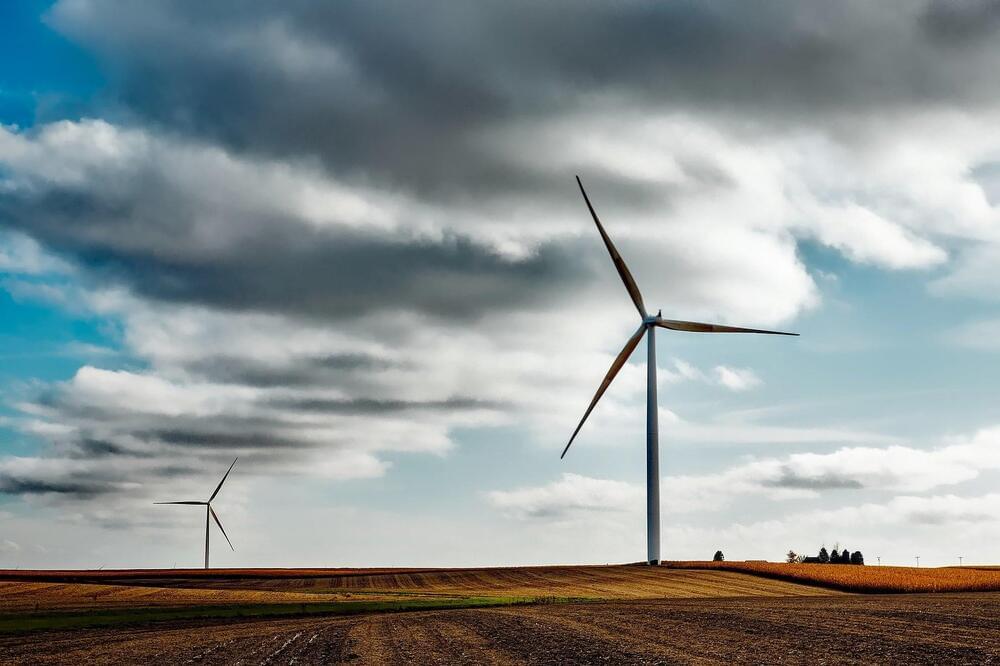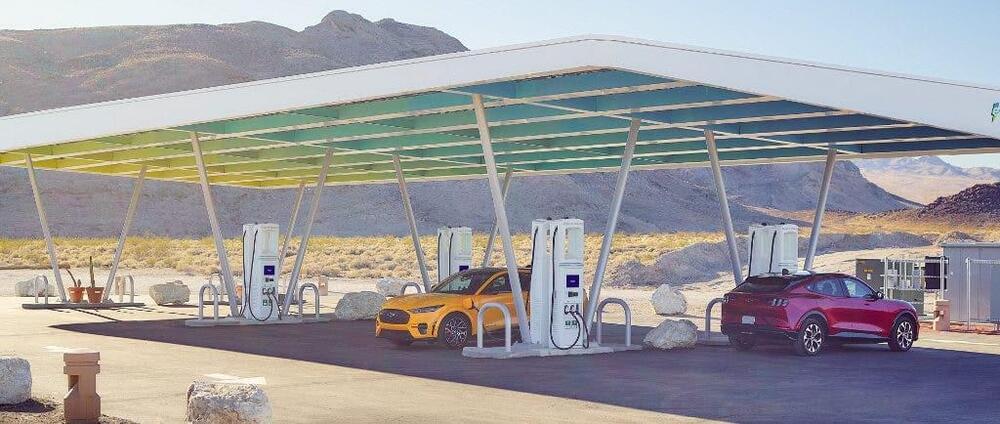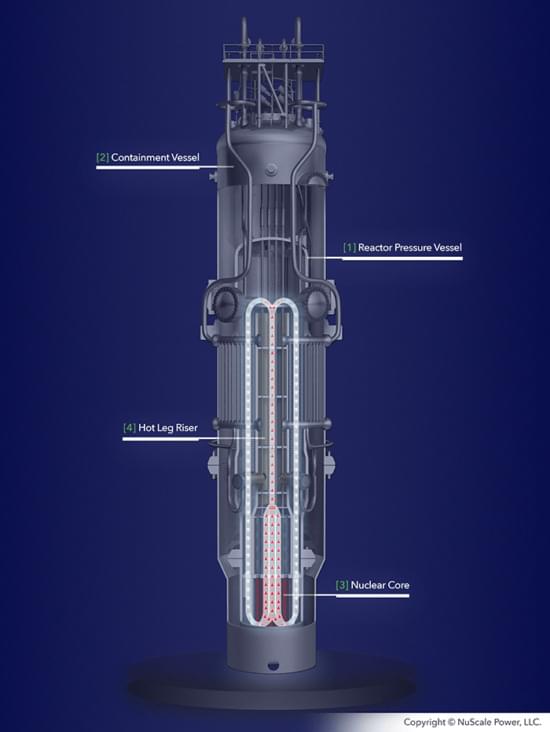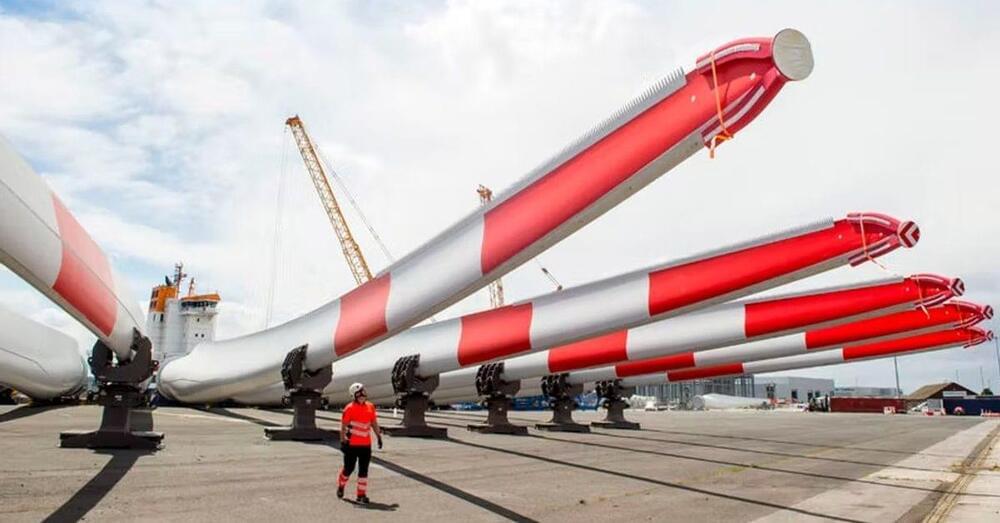Archive for the ‘economics’ category: Page 55
Aug 9, 2022
Sophisticated models provide a roadmap for Southern Africa’s clean energy future
Posted by Shubham Ghosh Roy in categories: economics, energy
The economy of Southern Africa is rapidly developing, driving a growing demand for electricity. Efficiently meeting this demand will require balancing social, economic, geographic, technological and environmental considerations.
Researchers at UC Santa Barbara led an international team that analyzed the region’s resources and power grid. Using this data, they developed an energy portfolio that most effectively meets Southern Africa’s 2040 energy requirements, finding that wind and solar are the region’s most cost-effective options. What’s more, their model’s proposal effectively freezes greenhouse gas emissions at 2020 levels while doubling the amount of electricity the grid can produce. A detailed analysis appears in the journal Joule.
Currently, Southern Africa’s 315 million people use about 275 terawatt hours, roughly the same amount as California. “However, Southern Africa is expected to double its electricity demand by 2040,” said co-lead and corresponding author Ranjit Deshmukh, an assistant professor in UCSB’s Environmental Studies Program. “Developing the region’s excellent wind, solar and natural gas resources is the least expensive option for its consumers, and can meet this demand without increasing the region’s electricity sector carbon emissions.”
Aug 5, 2022
Futureseek Daily Link Review; 05 August 2022
Posted by Tristan Hambling in categories: cosmology, cybercrime/malcode, economics, mathematics, particle physics, quantum physics, robotics/AI, space travel, surveillance
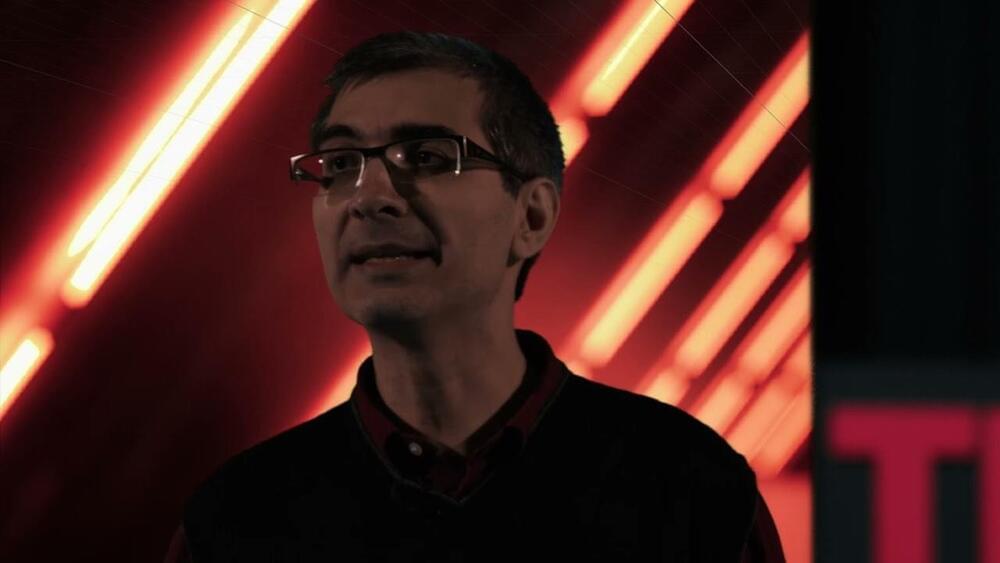
* At Long Last, Mathematical Proof That Black Holes Are Stable * Who Gets to Work in the Digital Economy? * Mice produce rat sperm with technique that could help conservation.
* Quantum computer can simulate infinitely many chaotic particles * Radar / AI & ML: Scaling False Peaks * Cyber security for the human world | George Loukas | TEDx.
Continue reading “Futureseek Daily Link Review; 05 August 2022” »
Aug 4, 2022
What Are States Planning To Do With Federal EV Charging Funds?
Posted by Shubham Ghosh Roy in categories: economics, energy, law, sustainability, transportation
State plans for the National EV Charging Infrastructure (NEVI) Formula Program were due to the Joint Office of Energy and Transportation this week, and many states released a draft plan for feedback in the last couple of months. The NEVI Program is one of two programs in the Bipartisan Infrastructure Law that provide funding for publicly-accessible electric vehicle (EV) charging infrastructure. Program funds can be used to plan for, install, operate, and maintain EV charging stations along travel corridors, with a focus on designated Alternative Fuel Corridors. Funding under the NEVI program totals $5 billion from 2022 through 2026. Funds will be allocated to states each year for implementation based on a pre-established formula, provided the departments of transportation in those states submit a satisfactory EV charging plan to the Joint Office, with updates to the plan required annually.
So what’s in the draft plans?
I pulled a few draft plans to look at as a starting point, aiming for a cross section of states in different regions, with different politics, with different economic stakes in the EV transition, at different places in EV adoption, with different weather. I couldn’t get quite the representative cross section I wanted because there are still big gaps in which states have released a draft plan. I decided to start with Alabama, California, Texas, and Wyoming.
Aug 4, 2022
TOP 5 Longevity Startups. Who Will Make Us Immortal?
Posted by Montie Adkins in categories: economics, education, life extension
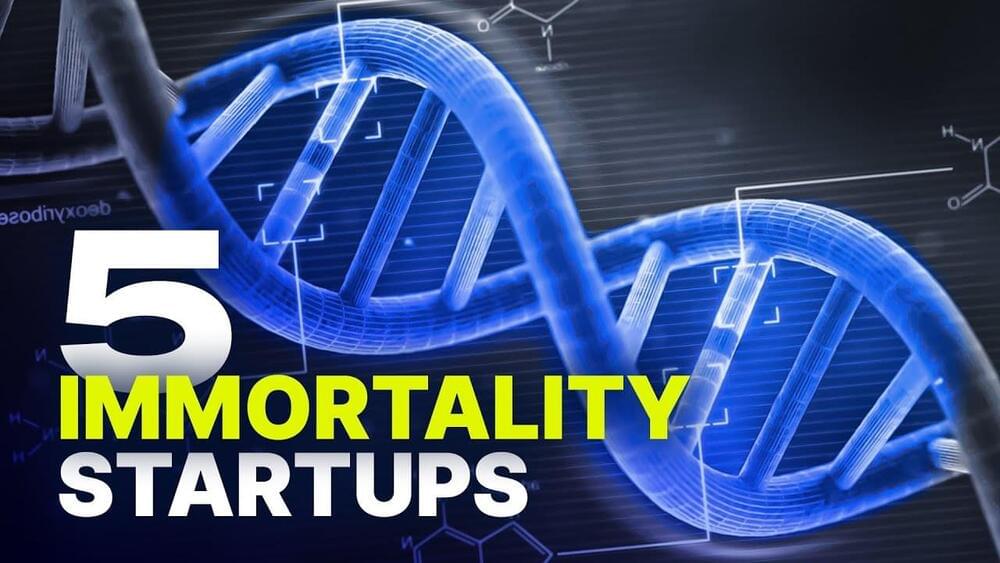
I don’t buy the Jeanne Calment story.
How can we live longer and be healthier? These startups are trying to extend our lives.
✱ Download the Dizraptor app to invest in technologies of the future https://dizraptor.onelink.me/1kIK/samumed.
Continue reading “TOP 5 Longevity Startups. Who Will Make Us Immortal?” »
Aug 3, 2022
Net zero carbon in the concrete industry will require not just changes in manufacturing standards
Posted by Shubham Ghosh Roy in categories: economics, energy, sustainability, transportation
The concrete industry is just one of many looking at new manufacturing methods to reduce its carbon footprint. These efforts are essential to fulfilling the Paris Agreement, which asks each of its signees to achieve a net-zero carbon economy by 2050. However, a new study from researchers in Japan and Belgium and focusing exclusively on Japan concludes that improved manufacturing technologies will only get the industry within 80% of its goal. Using a dynamic material flows analysis model, the study claim that the other 20% will have to come from changes in how concrete is consumed and managed, putting expectations on the buyer as well as the seller.
Electric cars, fluorescent lights, water-saving shower heads, these are all examples of efforts to lower our carbon footprint. However, the energy savings are made from the supply side, with companies developing new technologies that reduce the amount of energy consumed for the same amount of use. Notably, they put little demand on the user, who can use the product no differently than before.
The same holds true for concrete, the most consumed human-made material in the world. Many studies have shown the potential for making the concrete industry more energy efficient through esoteric efforts like “clinker-to-cement ratio reduction,” “cement substitution with alternative binders,” and “carbon capture and utilization.” The problem, explains Dr. Takuma Watari, a researcher at the Japan National Institute for Environmental Studies and lead of the new study, is that supply-side efforts are not enough if nations are serious about achieving net-zero carbon emissions.
Aug 3, 2022
Small Modular Nuclear Quickly Becoming a Reality in the Quest for Net Zero
Posted by Len Rosen in categories: economics, nuclear energy
Nuclear power’s revival is being led by small modular reactor technology.
Small Modular Reactors or SMRs may revive the nuclear fission reactor industry around the world. These nuclear power plants are a fraction of the size of existing facilities. They take less time to build and have safety features that make a Fukushima or Chornobyl-like event next to impossible.
As the world pivots from burning fossil fuels to generating electricity and heat, SMRs may have a role to play to get the global economy to carbon neutrality or what is referred to as the net zero 2050 target date.
Continue reading “Small Modular Nuclear Quickly Becoming a Reality in the Quest for Net Zero” »
Aug 3, 2022
World’s first wind turbine with recyclable blades is up and spinning
Posted by Shubham Ghosh Roy in categories: economics, sustainability
Separating the resin, fiberglass, and wood, among others, is achieved through using a mild acid solution. The materials can then go into the circular economy, creating new products like suitcases or flat-screen casings without the need to call on more raw resources.
The RecyclableBlade technology was developed in Aalborg, Denmark, and the blades were manufactured in Hull in the UK (pictured above). The nacelles were produced and installed in Cuxhaven, Germany. Siemens Gamesa has a plan to make all of its wind turbine blades fully recyclable by 2030 and all of its wind turbines fully recyclable by 2040.
Aug 3, 2022
Why Quantum Money Could Replace Blockchain-Based Cryptocurrencies
Posted by Jose Ruben Rodriguez Fuentes in categories: blockchains, cryptocurrencies, economics, energy, quantum physics
A new type of quantum money could make energy-sapping blockchains obsolete, say researchers.
Aug 3, 2022
Red mud is piling up. Can scientists figure out what to do with it?
Posted by Shubham Ghosh Roy in categories: chemistry, economics, food, sustainability
Practical and glamorous, aluminium is prized for making products from kitchen foil and beverage cans to Tesla Roadsters and aircraft. But the silvery metal—abundant, cheap, lightweight, and corrosion resistant—has a dark side: red mud. This brownish red slurry, a caustic mishmash of metal-and silicon-rich oxides, often with a dash of radioactive and rare earth elements, is what’s left after aluminum is extracted from ore. And it is piling up. Globally, some 3 billion tons of red mud are now stored in massive waste ponds or dried mounds, making it one of the most abundant industrial wastes on the planet. Aluminum plants generate an additional 150 million tons each year.
Red mud has become trouble looking for a place to happen. In 2010, an earthen dam at one waste pond in Hungary gave way, unleashing a 2-meter-high wall of red mud that buried the town of Ajka, killing 10 people and giving 150 severe chemical burns. (See more on the dangers posed by waste dams.) Even when red mud remains contained, its extreme alkalinity can leach out, poison groundwater, and contaminate nearby rivers and ecosystems. Such liabilities, as well as growing regulatory pressure on industry to develop sustainable practices, have catalyzed global efforts to find ways to recycle and reuse red mud. Some researchers are developing ways to extract the valuable rare earth metals, whereas others turn the mud into cement or bricks.
“There is hope here,” says Yiannis Pontikes, a mechanical engineer at KU Leuven. But economic and marketing hurdles remain, and “the clock is ticking” as regulators consider new controls, says Efthymios Balomenos, a metallurgical engineer at the National Technical University of Athens. “At some point we will not be able to produce waste. So, there is an urgent need to make changes.”

